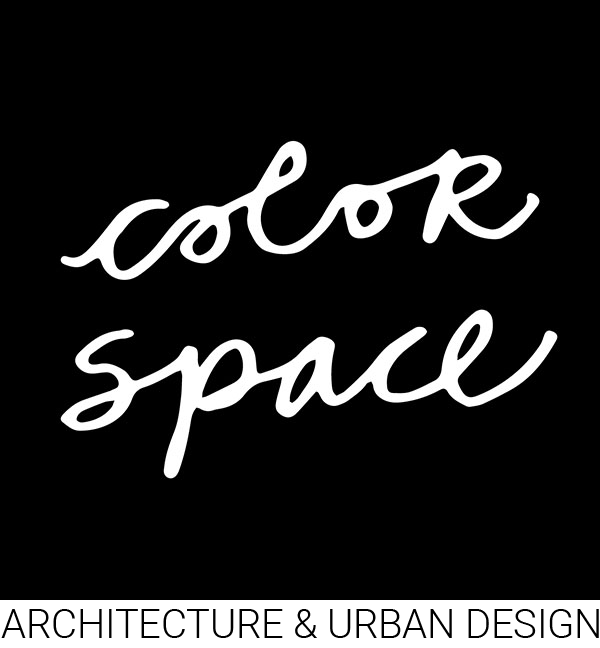San Marcos, Texas is an interesting place at a critical crossroads in its history. Unlike its northern neighbor, Austin, it is much smaller and as a result can get things done at a city level much more quickly. Just five years ago, the City adopted a progressive form-based code (not mandatory, opt-in only) and then, just two years later, a progressive comprehensive plan, Vision San Marcos. (Meanwhile, Austin has spent the past three years working on a code rewrite and has made little progress.) This was accomplished largely thanks to the work and dedication of the Planning and Development Services staff, along with support from local citizens that were aware of the power that form-based codes can have in a place like Texas, where uncoordinated, sprawling development is the unquestioned norm.
As part of the action plan delineated by the comprehensive plan, the conventional land development code is being rewritten to better reflect the goals of Vision San Marcos. The draft version, Code SMTX, was released to the public for review and comment over the summer. This period just closed on Friday and now the revision process begins. As someone who grew up in San Marcos and has a continued interest in the community, I made sure to dedicate time to read and compile comments on the draft code, while also reading other citizen commentary. As is often the case, some of the input that the City is receiving seems to be coming from individuals who would prefer that things stay the way they are but that, in my opinion, would be at the cost of San Marcos' future. Things are unlikely to stay as is and priority should be given to input that has a basis in current planning concepts as they pertain to form-based codes, smart growth concepts, parking and transportation policy, and affordable housing practices - all of which are integral to the goals of the consensus-derived comprehensive plan. Similarly, after enduring nearly a century in which a logic of abstraction and over-simplification led to the deterioration of many of Americas cities, we should all be weary of feedback that is exceedingly one-dimensional, whether it is pro-car, anti-diversity, or anti-affordability, particularly when hidden behind a guise of pseudo-environmentalism and anti-growth attitudes.
The draft code has incredible potential but I am concerned that misguided input like that mentioned above has deteriorated critical pieces of the code. One of my key concerns is a corrupted zoning transect which effectively creates multiple redundant single family districts instead of supporting the Vision San Marcos preferred scenario for compact growth through complete neighborhoods and stepped, scalar densities. As it stands, multifamily is only allowed in the densest "urban core" transect, CD5, and missing middle housing typologies, such as 4-plexes, duplexes, cottage courts, etc. are only allowed in CD4; but, the point of form-based codes is to not overly restrict uses and building type but instead rely on the form-restrictions (lot size, heights, setbacks, articulation tools) to regulate density in different transects.
Another critical issue that presents perhaps the biggest battle pertains to upwards-creeping parking minimums. Environmental, neighborhood, and connectivity goals seem to have been subverted in the draft code to submit to the cries of a dying auto-culture. The City is dealing with some serious parking addictions as evidenced by requests to even double the multi-family parking minimums, regardless of transportation goals. Unfortunately, there is not nearly enough education about what all high parking minimums undermine, including a city's walkability by leading to lower-density growth, a city's transit network by encouraging car-use over cycling or bus, a city's environmental health by leading to more impervious cover and pollution, and even green corridor connectivity through the proliferation of increased roadways -- all of which costs more money for the city to maintain. The great news is that there are many tools available to redirect the code's trajectory but the decision to utilize these tools is in the City's hands.
To celebrate the end of the initial public comment period, I put together a comparative discussion of the City's comprehensive plan, Vision San Marcos, and the current draft of Code SMTX that was sent to the City earlier this week. With the groundwork that San Marcos has already laid, there does seem to be an opportunity to set an example for a more sustainable future in the quickly-expanding Central Texas area. More people just need to support this vision to move beyond the outdated arguments that are currently at the top of the play list. And it isn't too late to get involved - the city will continue to take comments for the next few months, so for any interested people out there, visit www.sanmarcostx.gov/codesmtx





